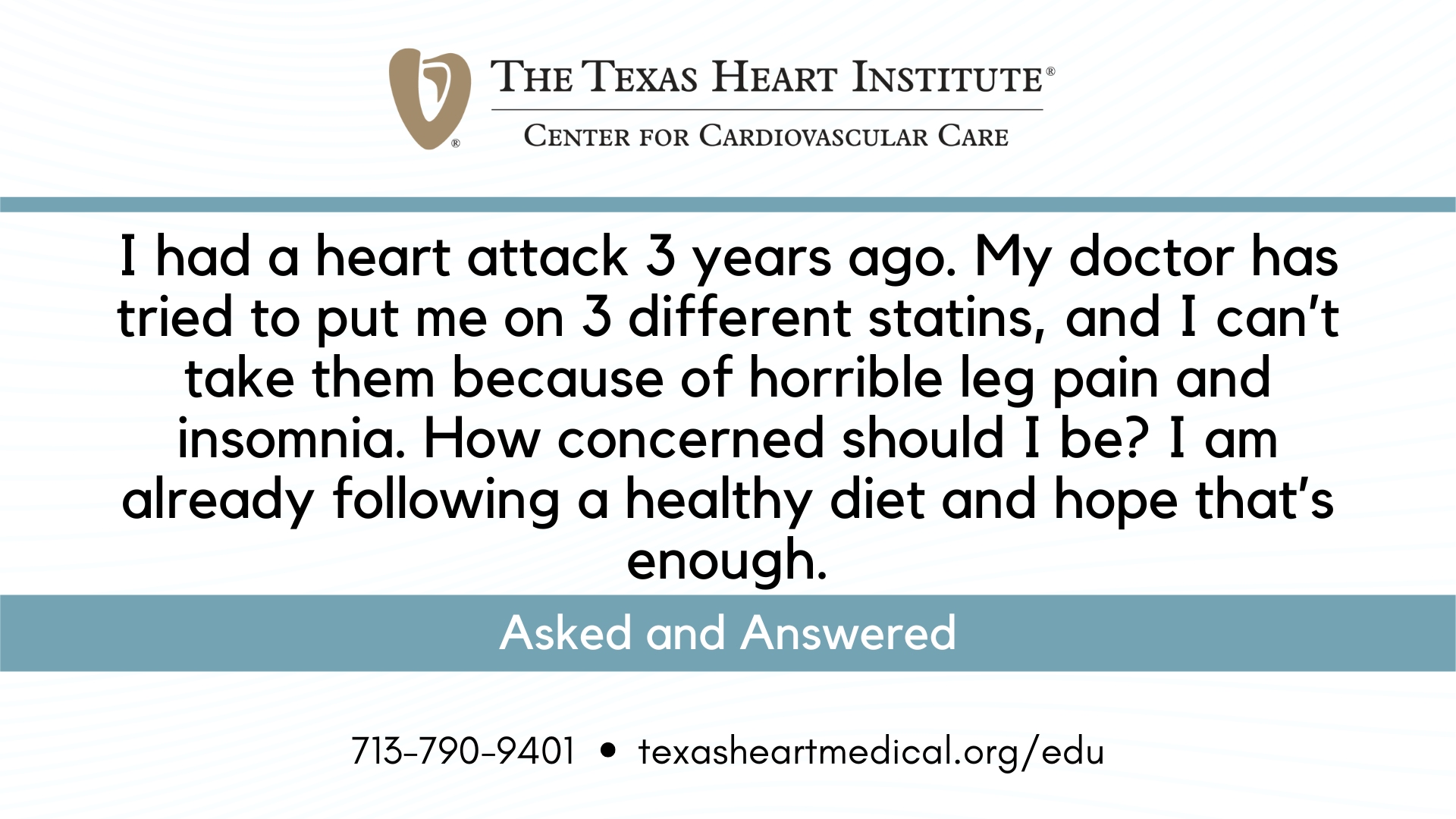Dyslipidemia and High Cholesterol
According to data from the American Heart Association, more than 43% of American adults have total cholesterol levels of 200 mg/dL or higher. This is a serious issue as high cholesterol levels, or hypercholesterolemia is one of the greatest risk factors for heart disease. Age, female gender, and family history of “familial hypercholesterolemia” are important risk factors for suffering this condition. Keeping your weight in check, staying active, and managing your diabetes are important ways to avoid high cholesterol.
What exactly is cholesterol?
Cholesterol is a lipid (fat-like substance) that is used as a building block for healthy human cells. The liver produces all the cholesterol that you need to properly form cell membranes and make certain hormones. However, when we overindulge in foods high in saturated fat like butterfat in milk products, fat from red meat, and tropical oils such as coconut oil, we may produce more cholesterol than our body needs. Many of these troublesome foods like meat, eggs, and dairy products come from animals.
How is cholesterol measured?
Doctors measure cholesterol levels in our blood and give the results in milligrams per deciliter (mg/dL).
Total Cholesterol
Goal cholesterol level Below 200 mg/dL
Borderline high level Between 200-239 mg/dL
High cholesterol level Over 240 mg/dL+
LDL Cholesterol
Goal level Below 100 mg/dL
Near-optimal Between 100-129 mg/dL
Borderline Between 130-159 mg/dL
High levels Over 160 mg/dL
LDL, HDL, Triglycerides, and Total Cholesterol Explained
All these terms can be overwhelming. Cholesterol is carried in your bloodstream by carrier molecules called lipoproteins. The key lipoproteins involved in reporting cholesterol levels are low-density lipoprotein (LDL) and high-density lipoprotein (HDL). Doctors analyze the interaction between LDL, HDL, and fats called triglycerides.
Low-density Lipoprotein aka “Bad Cholesterol”
LDL carries cholesterol to your cells and can lead to heart disease when too much is present–the best indicator of potential heart disease. Excess LDL creates plaque (a fatty buildup), which forms on the walls of our arteries and can lead to atherosclerosis. High LDL levels can result from a diet full of saturated fat, cholesterol, or both. Having an under-active thyroid gland (called hypothyroidism) may also lead to high LDL levels.
High-density Lipoprotein aka “Good Cholesterol”
HDL carries cholesterol from your cells to your liver, which can dispose of it. Increased levels of HDL lower your chances of heart disease. Low HDL levels can be dangerous, even if your total cholesterol is lower than 200 mg/dL. Low HDL levels can be caused by physical inactivity, obesity, or smoking. People with type 2 diabetes have low HDL levels. Men may have lower HDL levels than women as estrogen raises HDL. However, HDL levels may decrease in women after menopause.
Triglycerides aka Fats that Fuel Your Muscles
Triglycerides are delivered to your cells by lipoproteins in the blood. Carbohydrates or foods high in saturated fat will increase your triglyceride levels. High triglycerides increase your risk of heart disease but must combine with other factors such as obesity, low HDL levels, high blood pressure, or diabetes to cause an issue. Pancreatitis (a deadly disorder of the pancreas) and abdominal pain may be caused by very high triglyceride levels (more than 1000 mg/dL).
Total Cholesterol aka Sum of All Parts
A summation of the cholesterol carried in LDL particles, HDL particles, and other lipoproteins is known as the total cholesterol. A ratio of total cholesterol to HDL will help assess your risk of heart disease more than just total cholesterol does. To obtain this ratio, divide your total cholesterol by your HDL. A result of 5+ indicates an increased risk for those without heart disease. If you have heart disease, your resulting number should not be higher than 4.
How do you measure cholesterol?
Doctors typically run a full lipoprotein profile every 5 years for those 20 years and older. This must be done by fasting for 10-12 hours before the test (drinking only water). This profile will give your total cholesterol, LDL, HDL, and triglyceride levels. Your doctor will evaluate these results by using a risk assessment tool that takes into account all risk factors to predict your odds of a heart attack in 10 years.
The best measure of cholesterol is obtained by a trained medical professional; however, if you get tested elsewhere and have an elevated count, you should see your doctor.
Improving Lipid Levels
There are many ways to improve your lipid levels.
1. Eating a diet low in saturated fat and cholesterol. You should obtain only 25-35% of your calories from fat (mostly unsaturated fat) and fewer than 7% of total calories from saturated fat.
2. Lowering your LDL by increasing your exercise, quitting smoking, maintaining a healthy weight, and eating high-fiber foods. Foods with plant stanols and sterols found in some margarine may help lower your LDL. A dietician could help you get on track with an LDL-lowering diet.
3. Lowering your triglyceride levels by controlling your weight with a diet low in saturated fat, limiting alcohol intake, and decreasing simple carbohydrates (sugar).
4. Taking statins (cholesterol-lowering medicines). This medication, when paired with a healthy lifestyle, may reduce your risk of heart attack, stroke, bypass surgery, or angioplasty.
5. Seeking more aggressive cholesterol treatment if you are a high-risk patient. Anyone with an LDL cholesterol level of 100 mg/dL or higher should start taking a statin.

